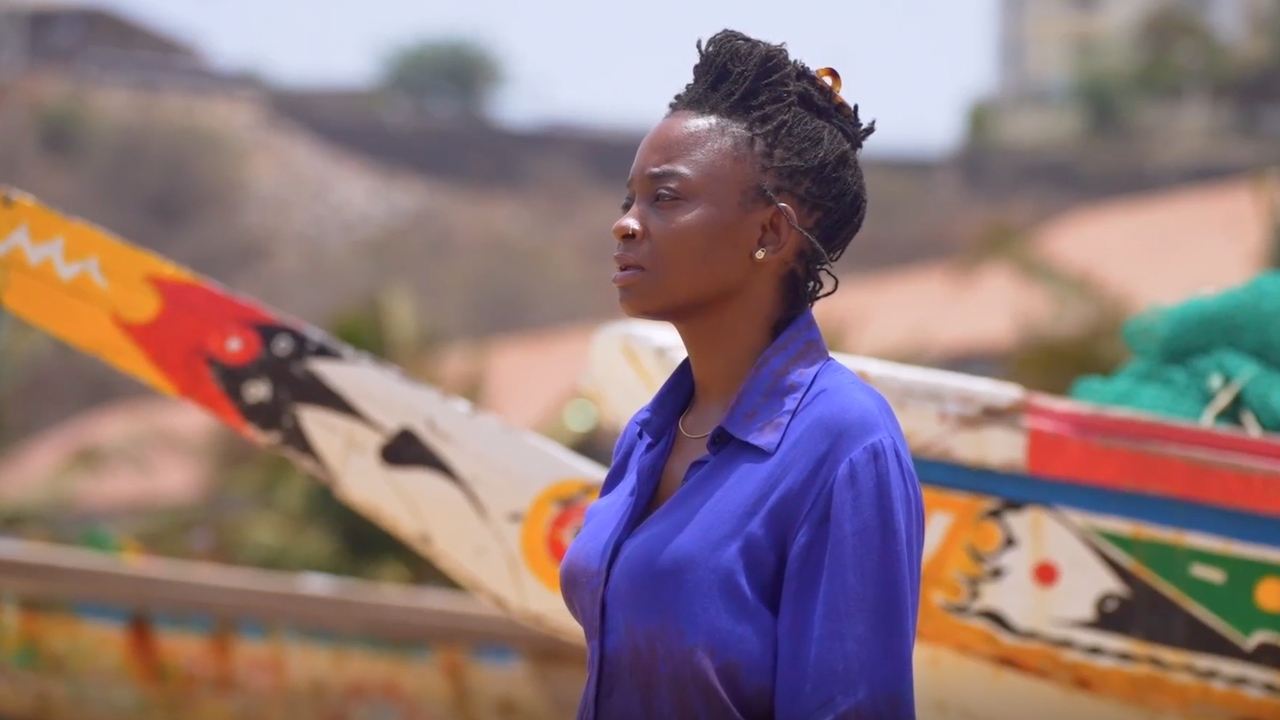Shirana Shahbazi
Fotomuseum Winterthur
Fotomuseum Winterthur

‘Is this butterfly painted?’ ‘No, that’s a photograph.’ The museum invigilator leads the incredulous visitors on into the next room of the exhibition and stops in front of two huge still lifes. Three blown-up skulls emerge from a pitch black ground, hovering ominously above the visitors’ heads. The invigilator explains that these two pictures, unlike the butterfly image [Schmetterling-35-2009], are in fact paintings. Upon hearing his opinions confirmed, the one visitor says to the other, ‘You see, really good photographers can paint well too.’
Shirana Shahbazi is a photographer; ‘Much Like Zero’, an exhibition of photography. For the two paintings in the show – [Schaedel-03-Painting-2009] (Skull) and [Stilleben-29-Painting-2009] (Still-Life) – the artist provided Iranian billboard painters with photographic templates, which they translated into billboard paintings, only to be brought back into the context of the photographic exhibition. This overview of her oeuvre was irritating, mostly because of its inconsistent visual programme. Alongside the classic [Stilleben-35-2010] with a lavishly filled fruit bowl on a radiant red background, there were abstract close-ups of rock formations in the Swiss Alps – like the sharply delineated and decorative-looking plumage of a bird in flight on a monochrome black background in [Vögel-09-2009] (Birds) – and there were a few large format, iconic portrait photographs such as [Frau-01-2003] (Woman) and [Frau-02-2003]. The strong contrasts became all the more pronounced with [Komposition-01-2011] or [Komposition-03-2011]: a series of abstract photographs with overlapping geometric fields of colour.
In a certain sense, the visitor was right to describe Shahbazi as a painter. The artist used the classic genres of painting to subdivide her visual program – landscape, portrait, still life, abstraction – thus liberating herself from the purely documentary aspirations of the photograph. The marked artifice of her pictures is manifest in the lavish use of rich, pastose colour (one’s tempted to say ‘application of colour’), in her eschewal of depth of focus and the emphasis on flatness. On the one hand, Shahbazi clearly knows how to use photography as a means of seduction; on the other hand, one could see the influence of the Becher School in the camera’s precisely anatomical and almost analytical gaze. As the products of artificially arranged nature, her photographs often toe a taught line between kitsch and morbidity.
In these recent works, Shahbazi seems to have moved on from the representational dilemma of photography: namely the compulsion – originally from the technical characteristics of analogue photography – to capture reality. A new, a lighter world is freely and playfully charted out here. Shahbazi often underscores the fact that her pictures are made in an especially open way when she has her pictures painted by others, as was the case in this exhibition, or when she has them woven as carpets, which was the case in other shows. Every photograph is a construction and should be understood as such. Even their titles – presented between square brackets – seem cut off from the text that surrounds them.
It’s somewhat surprising to find this discourse, which is as old as the medium of photography itself, being taken up again so explicitly in the works here. That images, worlds and identities are constructed has been part of common sense for some time now, and analogue photography also takes it into account. Nevertheless Shahbazi’s photographs remain rooted in the material world, never completely severing their relationship to the object. The freely disposed coloured forms of abstract photographs such as [Komposition-12-2011] ([Composition-12-2011], 2011) were created, not on a computer screen, but by arranging real geometric bodies of colour in the studio and then by photographing them from different perspectives with analogue film. Objects were arranged, draped and staged as though for a still life, but they gradually begin to disband, suddenly recalling paintings by Sonia Delaunay-Terk or stage sets by Oskar Schlemmer.
Shahbazi’s exhibition described a photographic approach to what has now become the classic painterly question of two or three-dimensionality, visual space and abstraction. As a result, the photographs were grouped according to their formal aspects, rather than their motifs, in order to emphasize structural similarities between an objective external world and abstract spaces arranged in the studio. Unfortunately, the obvious formal similarities sometimes made the juxtapositions look heavy handed, which in turn made more nuanced readings impossible. Moreover, the exhibition sought to present Shahbazi’s work as a linearly developing history, to be read as a progressive process of abstraction culminating in the free disposition of colours and geometric forms. But that inevitably raises the question: what comes after pure visuality? And after ‘Much like Zero’? By contrast, the exhibition catalogue makes Shahbazi’s approach to photography look far more experimental. Here, the photographs seem to have been lined up at random on the pages. The catalogue is entitled Then Again and makes for a more open-ended reading than the exhibition.
Translated by Jonathan Blower
















